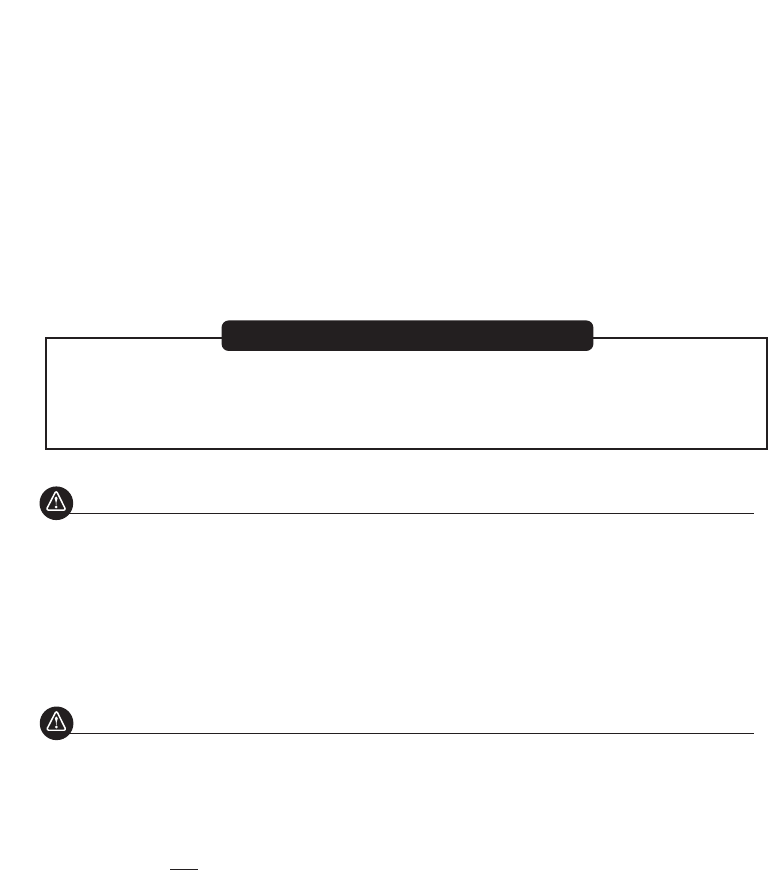
2 32
Safety is Critical to Performance.
A superbly crafted gun is only as good as the hands that hold it. You can never be too careful. Shooting
accidents are often caused by careless oversights such as failing to control the direction of the muzzle, failing to
fully engage the safety, leaving ammunition in the chamber or using improper loads. These oversights can result
in the destruction of life, limb or property. There’s no calling back a bullet once it’s been fired, so it’s
critical that you know the principles of safe gun handling and storage before you ever take your new Remington
firearm out of the box.
The proper use and performance of your firearm depends on correct assembly and maintenance, so it’s critical
that you familiarize yourself with the information in this instruction book. Even if you’re a veteran shooter with a
collection of Remington firearms, take the time to read this literature. Not all firearms are the same. That means
the first step in safe handling is to learn the features and requirements of your new Remington.
With the privilege of owning a firearm comes the responsibility to use it safely. You must understand and follow
the Ten Commandments of Firearms Safety at all times. These time-honored safety rules apply to your ownership
and handling of any firearm. They must govern your actions whenever and wherever you are involved with
firearms . . . in the field, on the range, or in your home. Commit these Ten Commandments to your memory.
THE TEN COMMANDMENTS OF FIREARM SAFETY
1st COMMANDMENT
Always Keep the Muzzle Pointed in a Safe Direction.
This is the most important gun safety rule. A safe direction is one in which an accidental discharge will not cause
injury to yourself or others. Never allow your gun to point at anything you don’t intend to shoot. Be especially
careful when you’re loading or unloading. Treat every gun as if it were loaded. And make it a habit to know where
the muzzle is pointed at all times, even when your firearm is unloaded. No one will be injured by an
accidental discharge if you keep your firearm pointed in a safe direction. It’s as simple as that.
2nd COMMANDMENT
Firearms Should be Unloaded When Not in Use and Secured from
Unauthorized Use.
Load your firearm only when you are in the field or on the range and ready to shoot. Unload your firearm as
soon as you are finished shooting. Never bring a loaded firearm into your camp, home or vehicle. Unloading
means unloading both
the chamber and the magazine. Before handling a firearm or passing it on to someone
else, visually check the chamber, receiver, and magazine to make sure there is no ammunition anywhere in the
firearm. Never assume a firearm is unloaded, and never take someone’s word for it - look for yourself. When
you are finished shooting and have completely unloaded the firearm, leave its action open.
Whenever you are carrying a loaded firearm in the field, you must unload it before crossing a fence, climbing
into a tree stand or blind or in any other situation where you may not be able to fully control the firearm. Never
pull or push a loaded firearm toward yourself or another person.
Store your firearms unloaded in a secure place where unauthorized persons cannot gain access to them. Store
fir
ear
ms and ammunition separately
. If you use an exter
nal security device such as a cable lock or trigger lock,
you must still keep the firearm unloaded when locked. Whether you utilize a locked gun safe or external lock-
ing device, it is your responsibility to make sure that children and other unauthorized persons cannot gain access
to your fir
ear
m and ammunition.


















